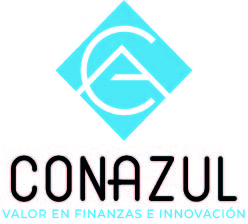One of the most important hidden costs for companies, especially those with research and development departments, or IT development for sale or internal use, is the resources dedicated to improvements, fixes, or new developments once products are sent to production and are first used by customers or collaborators. The same happens with companies that offer services or manufacture products, whose costs for improvements, redesigns, or sometimes even failures are sometimes higher than those of manufacturing and/or design.
This is because we are trained to use linear product development systems, in which -in general-the order of analyzing, designing, programming or manufacturing is followed, and only then is the product or service launched for use or sale. The costs incurred from that moment on are very high, and are practically never in the development budgets. Failures are multiple because of this.
Innovation methodologies allow for reducing the costs associated with the late confrontation with the reality of the market, through successive iterations of validation of the solution. The most valuable factor about these methodologies is that they allow for successive and increasing validation of hypotheses about what the market would adopt. This way, we go from a minimum viable product, through successive improvements from customer feedback, to a final solution.
But this is not enough. Perhaps the critical success factor of these methodologies is that prior to validation of the solution, it is proposed to validate the problem or need of the consumer. Very few times do we think that the hypothesis we create about the customer’s need may be incorrect, leading in numerous occasions to avoidable, disastrous failures. Innovation methodologies include the validation of the need as a fundamental element of the product or service development process, which is where everything begins.
In the end, validation is an essential mechanism in any company that sells products or services, big or small, to reduce hidden costs when launching novelties, to decrease the risk of failures, and to face competition, especially from innovative startups that naturally use these methodologies to operate.
The key to everything is that customers are at the center of the strategy and the product development process, and they are the main source of information from the stage of initial hypothesis formulation. If we do not have customers at the center and see them as part of the product or service development process, we will be out of the market sooner or later.

